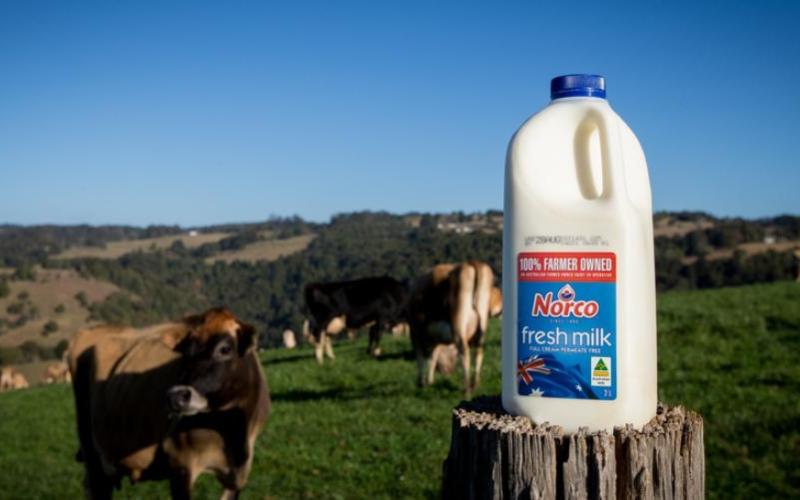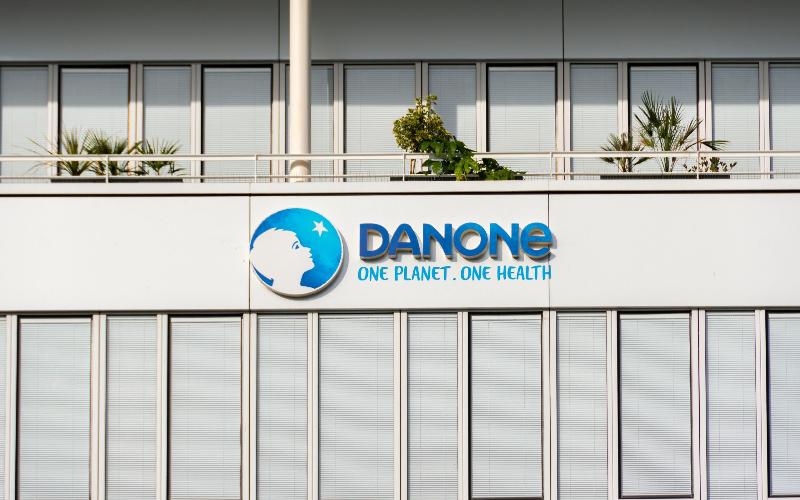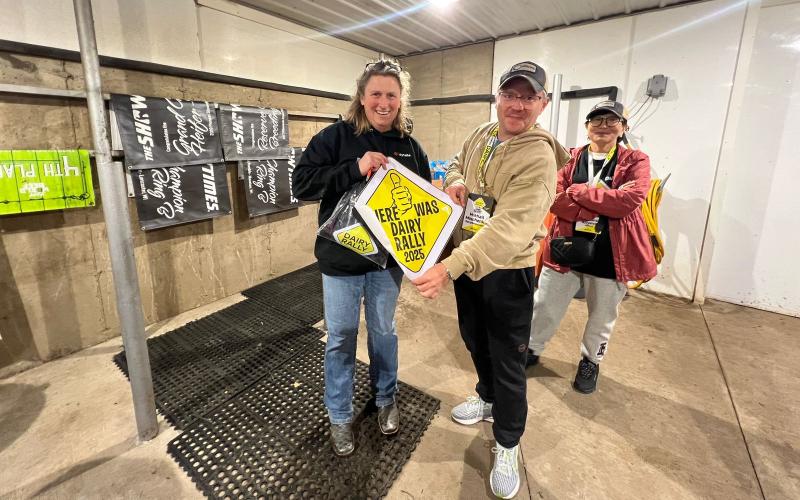U.S. Dairy Farms Slow to Implement Bird Flu Protective Measures Amid Outbreak
Sourse: The DairyNews
Despite the ongoing bird flu outbreak among U.S. cattle, many dairy farms have yet to enhance protective measures for their workers, raising concerns among health experts about the risk of further human infections.

According to reports fr om workers, activists, and farmers, there is a significant gap in the implementation of health protections, which could potentially lead to the virus spreading and causing serious illnesses.
On Wednesday, the U.S. government confirmed a second case of bird flu in a dairy worker since the initial cattle infection in late March. This has intensified scrutiny on whether adequate protective equipment is being provided to those on the frontline. Despite the National Milk Producers Federation advocating for adherence to federal protective guidelines, testimonials from dairy workers in New York— a major dairy-producing state—suggest that essential gear like face shields and goggles remains scarce.
The workers, who often work lengthy shifts in close proximity to cattle, reported learning about the bird flu cases not from their employers but through media and community organizers. One worker, Luis Jimenez, noted that it was "business as usual" on the farms, with no significant changes in safety protocols. This lack of communication and protection is alarming given that the Centers for Disease Control and Prevention (CDC) had issued recommendations in April and May urging the use of personal protective equipment (PPE) when dealing with potentially infected livestock.
Responses vary significantly across states. While Texas, New Mexico, and Colorado have taken steps to distribute equipment to dairies, New York is still evaluating the CDC’s recommendations and has yet to distribute protective gear. Michigan, wh ere the latest worker infection was confirmed, reports that many farms have protective gear, but there is still a need to ensure wider availability.
The situation highlights a broader challenge in managing health risks in the dairy industry, especially among workers who are often immigrants without health insurance and who may not have access to necessary protective measures. The urgency of the situation is underscored by the severe symptoms experienced by the infected Texas worker, including conjunctivitis and eye damage, and by the potential for the virus to mutate and cause more severe infections.
As the industry grapples with these health risks, there is a critical need for comprehensive policy changes to ensure that dairy workers have both access to necessary protective equipment and the health coverage required to treat any potential infections. Without these safeguards, the risk of a wider outbreak remains a significant concern.
On Wednesday, the U.S. government confirmed a second case of bird flu in a dairy worker since the initial cattle infection in late March. This has intensified scrutiny on whether adequate protective equipment is being provided to those on the frontline. Despite the National Milk Producers Federation advocating for adherence to federal protective guidelines, testimonials from dairy workers in New York— a major dairy-producing state—suggest that essential gear like face shields and goggles remains scarce.
The workers, who often work lengthy shifts in close proximity to cattle, reported learning about the bird flu cases not from their employers but through media and community organizers. One worker, Luis Jimenez, noted that it was "business as usual" on the farms, with no significant changes in safety protocols. This lack of communication and protection is alarming given that the Centers for Disease Control and Prevention (CDC) had issued recommendations in April and May urging the use of personal protective equipment (PPE) when dealing with potentially infected livestock.
Responses vary significantly across states. While Texas, New Mexico, and Colorado have taken steps to distribute equipment to dairies, New York is still evaluating the CDC’s recommendations and has yet to distribute protective gear. Michigan, wh ere the latest worker infection was confirmed, reports that many farms have protective gear, but there is still a need to ensure wider availability.
The situation highlights a broader challenge in managing health risks in the dairy industry, especially among workers who are often immigrants without health insurance and who may not have access to necessary protective measures. The urgency of the situation is underscored by the severe symptoms experienced by the infected Texas worker, including conjunctivitis and eye damage, and by the potential for the virus to mutate and cause more severe infections.
As the industry grapples with these health risks, there is a critical need for comprehensive policy changes to ensure that dairy workers have both access to necessary protective equipment and the health coverage required to treat any potential infections. Without these safeguards, the risk of a wider outbreak remains a significant concern.
Key News of the Week














